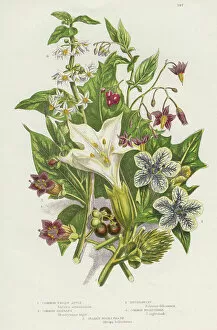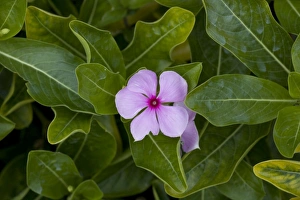Alkaloids Collection
Alkaloids: Unveiling the Dark Side of Nature Step into the mysterious world of alkaloids, where nature's beauty intertwines with deadly secrets
All Professionally Made to Order for Quick Shipping
Alkaloids: Unveiling the Dark Side of Nature Step into the mysterious world of alkaloids, where nature's beauty intertwines with deadly secrets. These compounds, found in various plants across the globe, possess a potent toxicity that has both fascinated and terrified humankind for centuries. Amongst these poisonous botanical wonders lie infamous members like Deadly Nightshade (Atropa belladonna), lurking ominously at the bottom left corner. Its alluring berries have seduced many unsuspecting victims throughout history. Alongside it, we encounter Black or Common Nightshade (Solanum nigrum) and Woody Nightshade or Bittersweet (Solanum dulcamara), equally treacherous in their own right. Delving deeper into this captivating narrative, we stumble upon an engraving from 1518 depicting the Dancing Plague that struck Strasbourg, Alsace. A haunting reminder of how alkaloid-induced hysteria can grip communities and lead to inexplicable mass dances. The Strychnine tree (Strychnos nux-vomica) emerges next—a chromolithograph from c. 1890 showcasing its allure amidst danger. This plant holds within its seeds a lethal dose capable of inducing convulsions and paralysis if mishandled. Venturing further into diverse landscapes, we find ourselves standing before Sacred Datura in Havasu Canyon within Grand Canyon National Park, Arizona. Revered by Native American tribes for its spiritual properties but feared for its toxic effects when consumed without caution. Mandrake (Mandragora officinarum) beckons us with its mythical reputation as a magical herb while concealing potent alkaloids beneath its earthy exterior—both enchanting and perilous simultaneously. Journeying through time brings us to 19th-century China where opium smokers indulged in their addictive vice—an illustration capturing not only societal struggles but also highlighting the presence within this notorious substance.




















